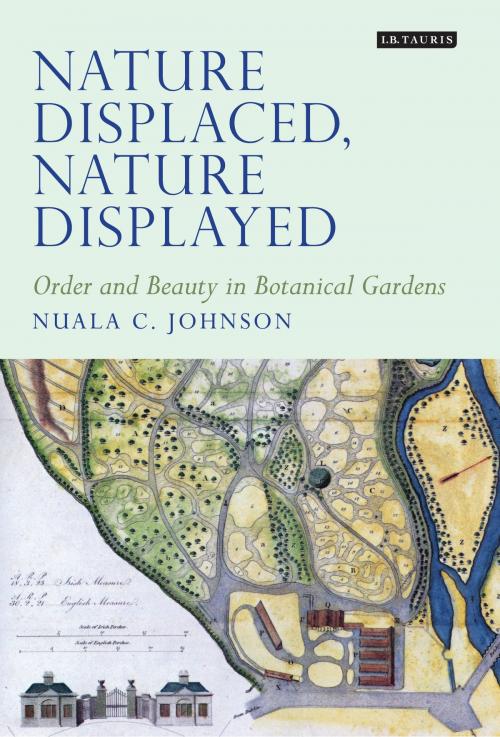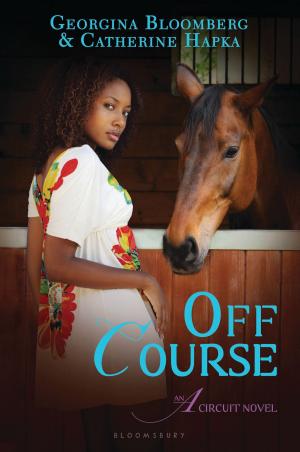Nature Displaced, Nature Displayed
Order and Beauty in Botanical Gardens
Nonfiction, Home & Garden, Gardening, Landscape, History| Author: | Nuala C. Johnson | ISBN: | 9780857735478 |
| Publisher: | Bloomsbury Publishing | Publication: | April 29, 2011 |
| Imprint: | I.B. Tauris | Language: | English |
| Author: | Nuala C. Johnson |
| ISBN: | 9780857735478 |
| Publisher: | Bloomsbury Publishing |
| Publication: | April 29, 2011 |
| Imprint: | I.B. Tauris |
| Language: | English |
Botanical gardens brought together in a single space the great diversity of the earth's flora. They displaced nature from forest and foothill and re-arranged it to reveal something of the scientific principles underpinning the apparent chaos of the wild. Nature Displaced, Nature Displayed shows how the design and display of such gardens was not determined by scientific principles alone. Through a study of three botanical gardens - belonging to the University of Cambridge, the Royal Dublin Society, and the Belfast Natural History Society - the author shows how the final outcome involved a complex interplay of ideas about place, identity, empire, botanical science, and especially aesthetics, creating spaces that would educate the mind as well as please the senses. This highly engaging book offers a wealth of fresh insights into both the history and development of botanical gardens as well as connections between science and aesthetics.
'Nuala Johnson's masterful ethnography of three sites where the canons of science and aesthetics are refracted and blurred demonstrates why a geographical imagination matters. This is comparative history at its best.'
James S. Duncan, University of Cambridge
Botanical gardens brought together in a single space the great diversity of the earth's flora. They displaced nature from forest and foothill and re-arranged it to reveal something of the scientific principles underpinning the apparent chaos of the wild. Nature Displaced, Nature Displayed shows how the design and display of such gardens was not determined by scientific principles alone. Through a study of three botanical gardens - belonging to the University of Cambridge, the Royal Dublin Society, and the Belfast Natural History Society - the author shows how the final outcome involved a complex interplay of ideas about place, identity, empire, botanical science, and especially aesthetics, creating spaces that would educate the mind as well as please the senses. This highly engaging book offers a wealth of fresh insights into both the history and development of botanical gardens as well as connections between science and aesthetics.
'Nuala Johnson's masterful ethnography of three sites where the canons of science and aesthetics are refracted and blurred demonstrates why a geographical imagination matters. This is comparative history at its best.'
James S. Duncan, University of Cambridge















